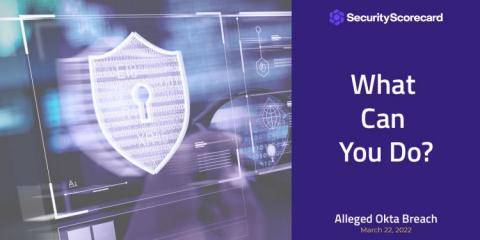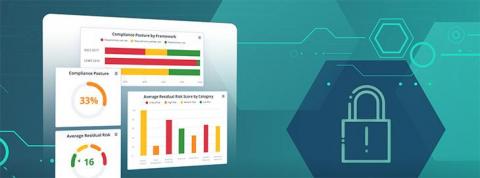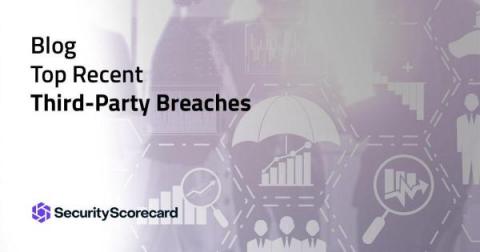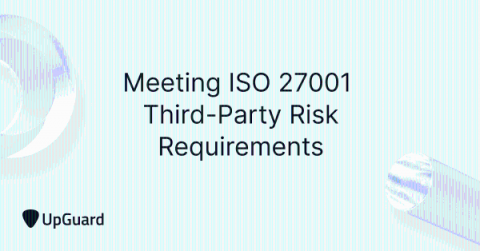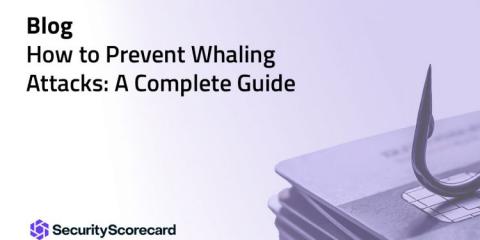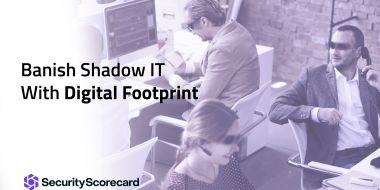Move aside, Conti, Lapsus$ coming through!
-In the hours after news broke that Lapsus$ claimed to have breached Okta, an enterprise identity and access management firm, SecurityScorecard’s Threat Research and Intelligence team conducted a rapid investigation into Lapsus$ to provide customers and partners with the very latest in actionable security intelligence and insights related to this emerging cybercrime group. -Lapsus$’s targets have quickly evolved from Brazilian and Portuguese organizations to high-profile U.S.






